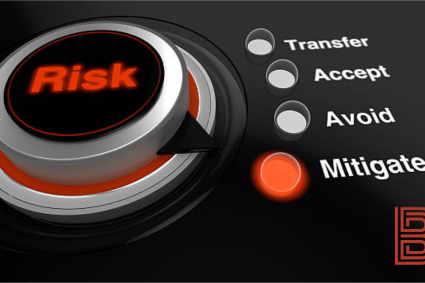
Integrated Risk Management (IRM) is crucial for modern organizations facing complex and interconnected risks. It provides a comprehensive approach by combining traditional risk management with strategic, operational, and financial aspects. This holistic view enables organizations to identify, assess, and mitigate risks across all departments, ensuring no critical areas are overlooked.
One of the primary benefits of IRM is its ability to break down silos within organizations. Traditional risk management often operates in isolated pockets, focusing on specific risks without considering their impact on the broader organizational strategy. IRM fosters collaboration among various departments, facilitating a unified approach to risk identification and mitigation. This collaboration ensures that risks are assessed in the context of their potential impact on the organization’s objectives, leading to more informed decision-making.
Moreover, IRM enhances organizational resilience. By integrating risk management practices into the overall business strategy, organizations can anticipate and prepare for potential disruptions more effectively. This proactive approach reduces the likelihood of unforeseen events derailing business operations, safeguarding the organization’s reputation and financial stability.
Another key aspect of IRM is its role in regulatory compliance. With the increasing complexity of regulatory environments, organizations must navigate a myriad of legal requirements. IRM helps ensure that all compliance-related risks are identified and managed efficiently, reducing the risk of legal penalties and enhancing the organization’s credibility with stakeholders.
Financial performance also benefits from IRM. By providing a comprehensive view of risks, IRM enables organizations to allocate resources more efficiently, prioritizing areas with the highest risk exposure. This strategic allocation of resources not only minimizes potential losses but also maximizes opportunities for growth and innovation.
Furthermore, IRM supports a culture of continuous improvement. By regularly reviewing and updating risk management practices, organizations can adapt to changing risk landscapes. This adaptability is essential in today’s fast-paced business environment, where new risks can emerge rapidly. Continuous improvement ensures that the organization remains agile and capable of responding to emerging threats.
Integrated Risk Management is essential for modern organizations. It promotes collaboration, enhances resilience, ensures regulatory compliance, improves financial performance, and fosters a culture of continuous improvement. By adopting IRM, organizations can navigate the complexities of today’s risk environment, safeguarding their long-term success and sustainability.
WWW.BARETZKY.NET




















